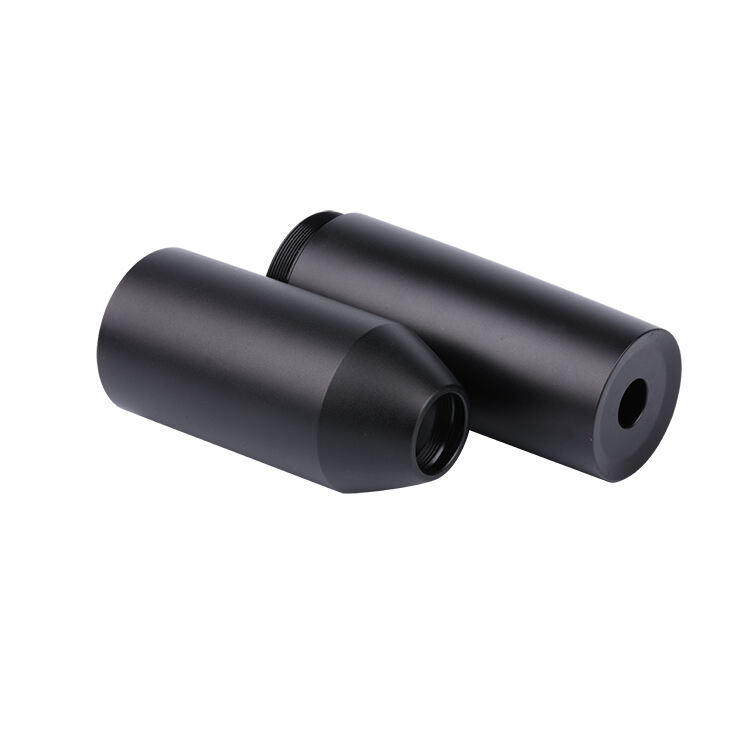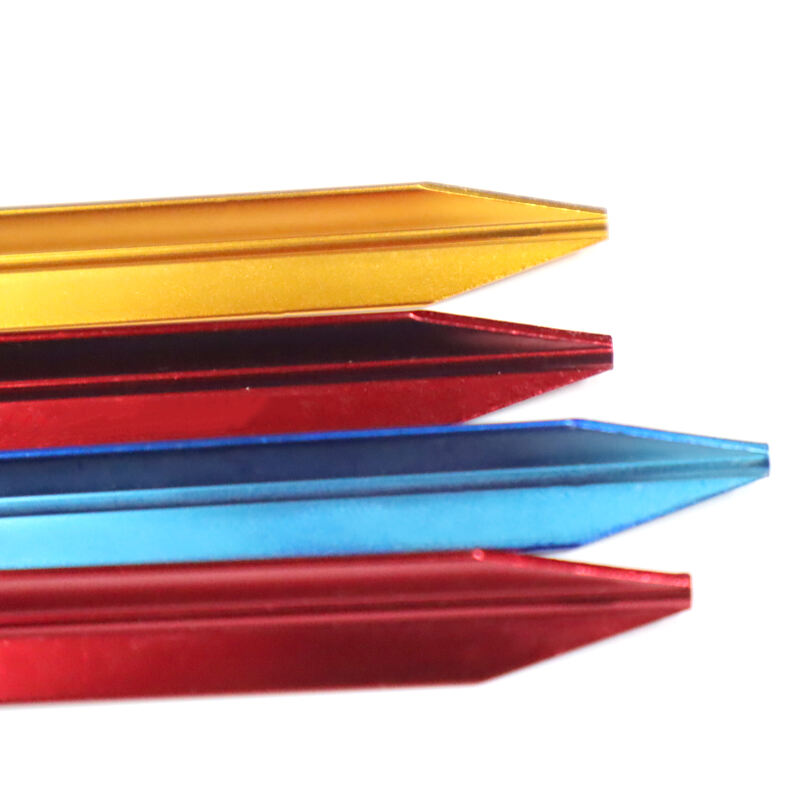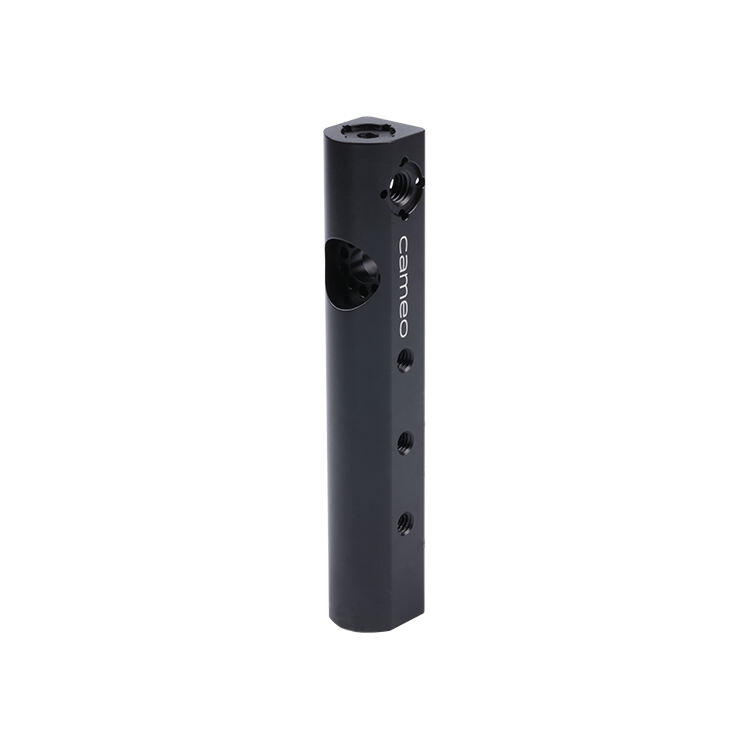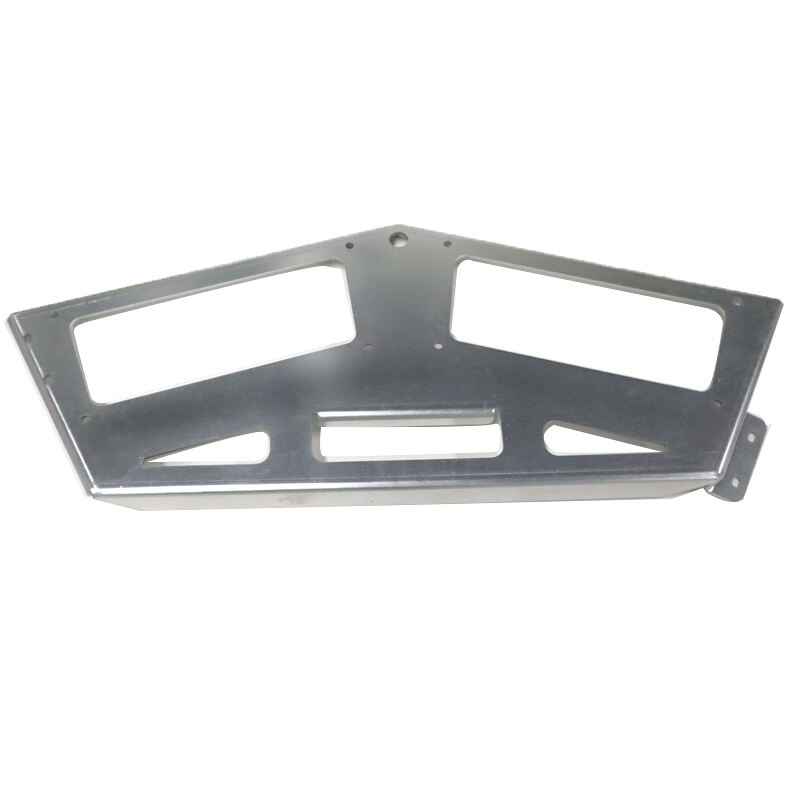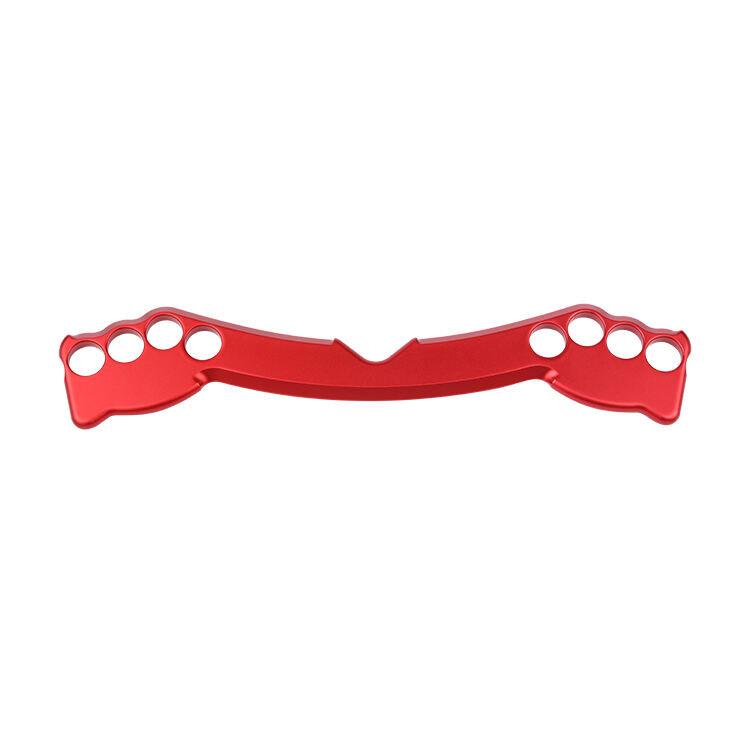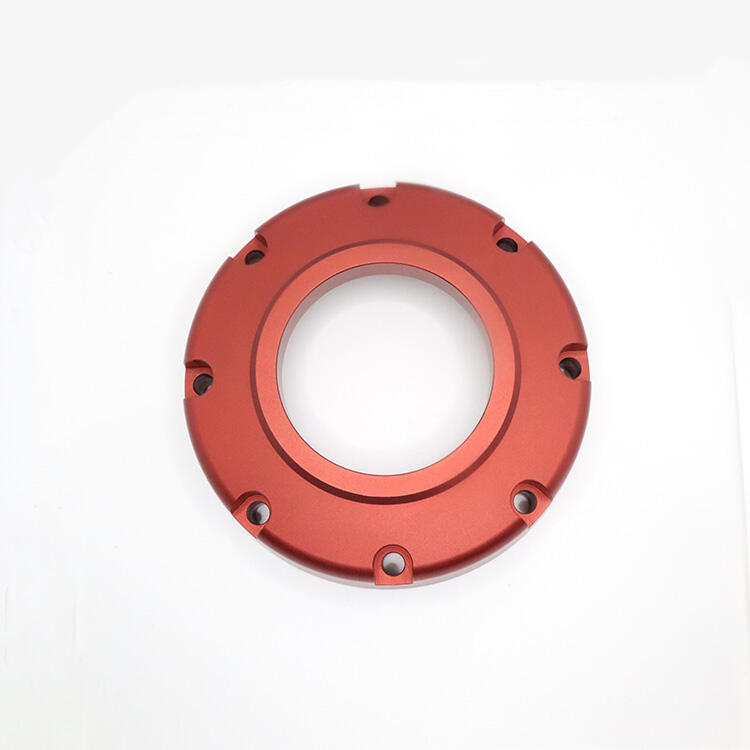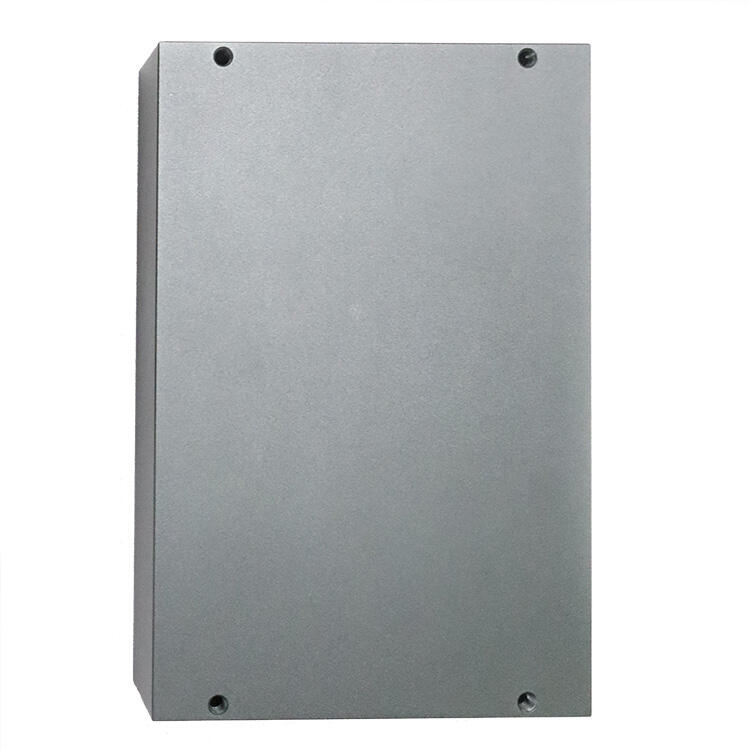The Development of cnc machining parts: From Basic to Intricate Designs
CNC (Computer Numerical Control) machining has turned the manufacturing industry around by allowing for the production of precise and intricate parts that were once impossible to manually make. Development of cnc machining parts has been marked by a gradual transition from simple designs to multifunctional ones embedded in today’s technology and innovation.
Inception of CNC Machining
At its origin, CNC machining began in the mid-20th century with the rise of computers and numerical control systems. At first, these machines were programmed with punched tape readers that restricted their ability to produce complex designs.
Shift to Computer-Aided Design (CAD) and Manufacturing (CAM)
CNC machines evolved as computer technology advanced too. The introduction of CAD/CAM software made it possible for engineers to visualize intricate shapes on-screen quite easily, since they could now directly program them into the machine.
Advancements in Material Processing
Besides, material processing is another aspect where CNC machining has experienced significant development. These days machines are able to handle a broader spectrum of materials including metals, plastics or composites more accurately and economically.
Increase in Axis Movements
One of the most notable developments in CNC machining has been seen with regards to axis movements. Early models operated on three axes only but nowadays modern ones can work with five or even more axes thus enabling production of parts that have extremely complicated geometrical dimensions.
Micro-Machining Capabilities
Machining technologies have also extended into micro-manufacturing where dimensional sizes are measured in micrometers. This level is necessary if used in the medical field aerospace industry as well as electronic applications.
Automation and Robotics Integration
The current industrial trend involves automation robots being part of an operating system using it hands freely when unloading and loading parts; this way there will be no need for employees at all hence productivity is increased while labor cost decreases.
Conclusion
The journey that cnc machining parts have had is mind boggling and has transformed the manner in which we design and manufacture products. CNC machining has become a crucial tool in contemporary manufacturing, from simple designs to complicated and multi-axis machined parts. Technological advancements will likely bring about more sophisticated CNC machining capabilities, thus challenging the limits of precision manufacturing in future.

 EN
EN
 AR
AR
 BG
BG
 HR
HR
 CS
CS
 DA
DA
 NL
NL
 FI
FI
 FR
FR
 DE
DE
 HI
HI
 IT
IT
 JA
JA
 KO
KO
 PL
PL
 PT
PT
 RU
RU
 ES
ES
 SV
SV
 TL
TL
 IW
IW
 ID
ID
 LT
LT
 UK
UK
 VI
VI
 HU
HU
 MT
MT
 TH
TH
 TR
TR
 MS
MS
 BN
BN
 LO
LO
 LA
LA
 MN
MN
 SO
SO
 MY
MY
 KK
KK
